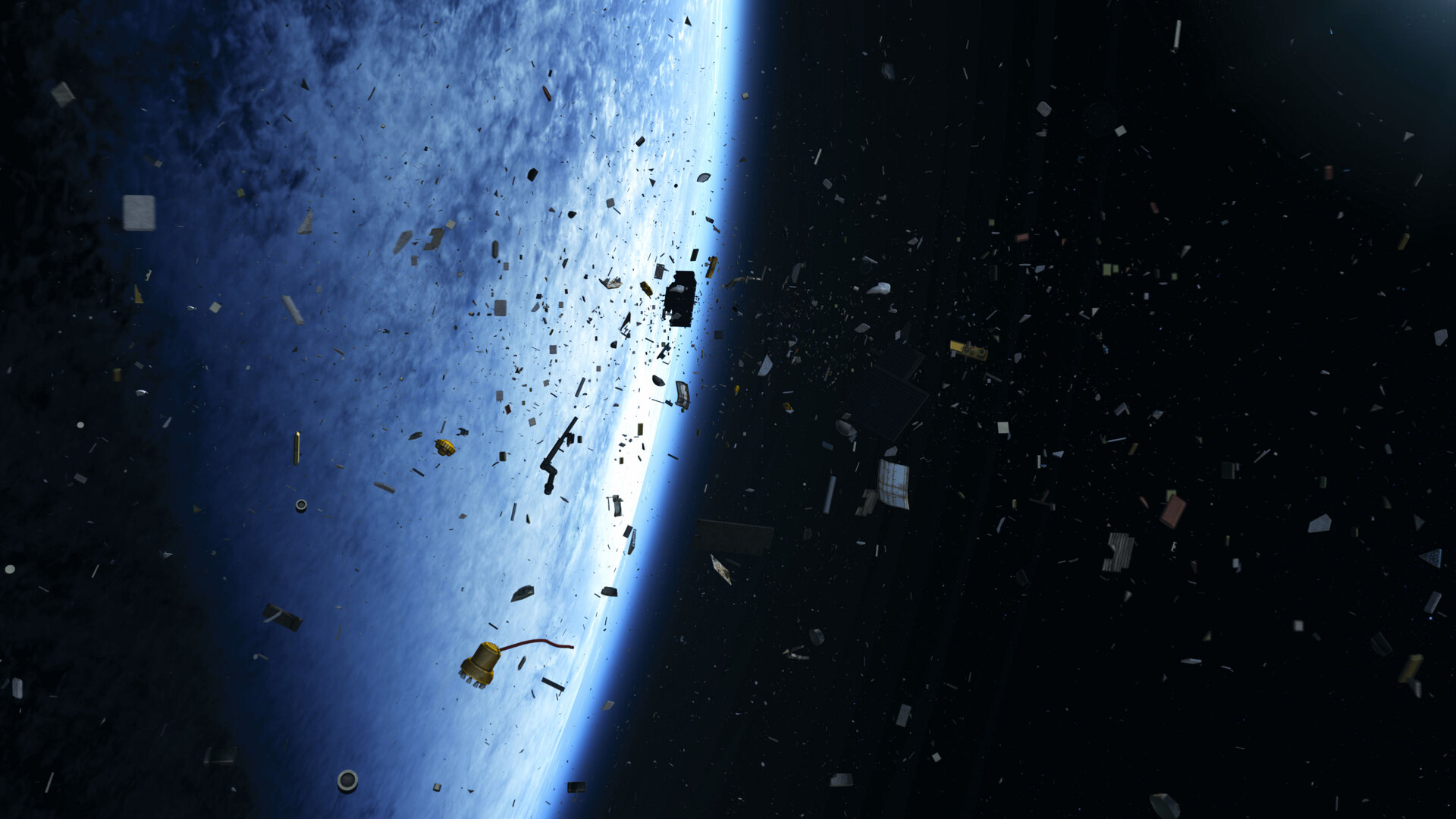Scientists work on transforming debris into rocket fuel
7th Dec 2021
Space debris is becoming an increasing problem, with humans sending rockets and satellites out into the Earth’s orbit, cluttering it to a degree where it will cause future problems. New research has found that debris can be transformed into rocket fuel. Satellites can capture pieces of junk, cut it, store it and melt it down into rods of metal which can be used for fuel. Hopefully, this technology can prevent catastrophic collisions between space debris and rockets in the future.
What is space debris?
Generally speaking, this refers to any of the by-products of space exploration that are in outer space orbiting the Earth. It is estimated that there are over 170 million pieces of space debris today. All of these potentially damaging chunks are sharing an orbit with around £555 billion of space infrastructure. At the moment, around 22,000 of the most significant space debris fragments are tracked.
Learning from past mistakes
One only needs to look at two recent events that highlight the problem of space debris. At the start of 2007, China tested anti-satellite weapons on an old weather satellite, releasing an enormous amount of junk. In 2009, satellite Kosmos 2251 collided with a telecommunications satellite from a company called Iridium. In 2021, the European space agency has estimated that approximately 9200 tons of space debris are currently floating around the Earth. It’s an alarming statistic that has the power to interfere with future low orbit missions. Experts fear that it will become more of a problem unless drastic measures are taken, but it is currently very difficult to remove junk from outer space.
New idea
One of the latest innovative ideas will be around recycling debris into rocket fuel. Satellites will capture the pieces of debris, some of which are moving at over 17,000 mph. This junk will then be stored on-board the satellites, cut up using advanced robotic technology, and converted into rods of metal. These metal rods will be used as rocket fuel for in-space electric propulsion systems. So far, this gas station in space vision has been tested extensively by Japanese space start-up Astroscale. The company managed to use magnets to gather junk and process it in outer space. Another company, Nanorocks have been developing plans to cut up the space debris while it is still in orbit, preparing it for subsequent recycling stages. They are also working on the foundry to melt this into rods of metal.
Space debris conclusion
Although the solutions we discussed are in their infancy, they show promise. Will a gas station in space be feasible? Only time will tell, as everybody knows that more needs to be done about space debris.






Thank you for your comment! It will be visible on the site after moderation.